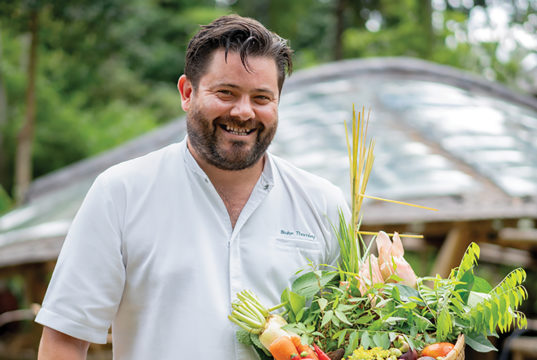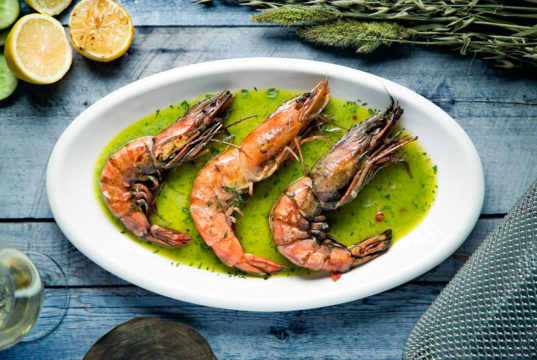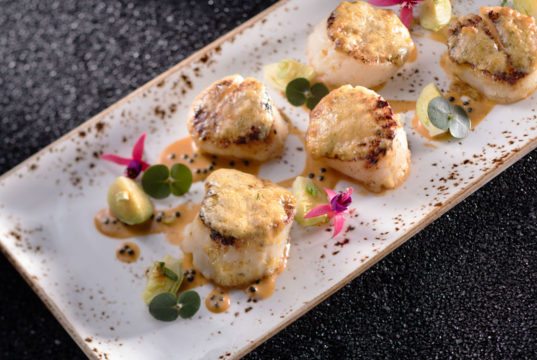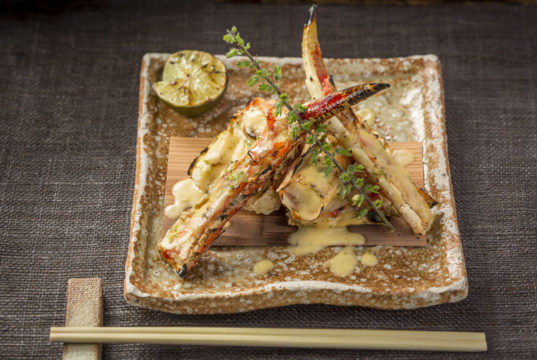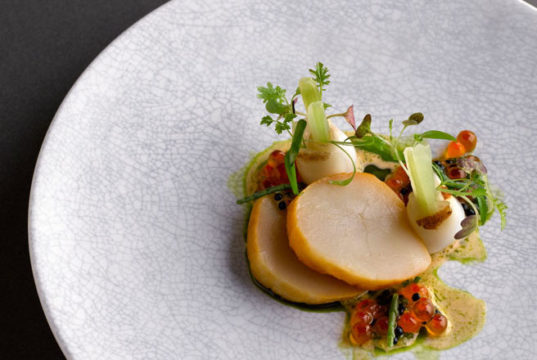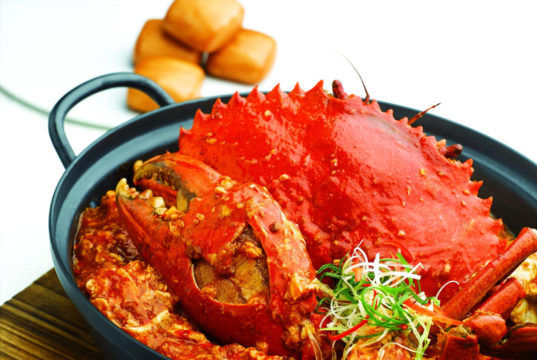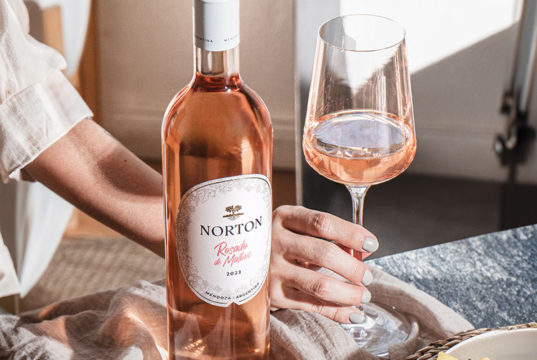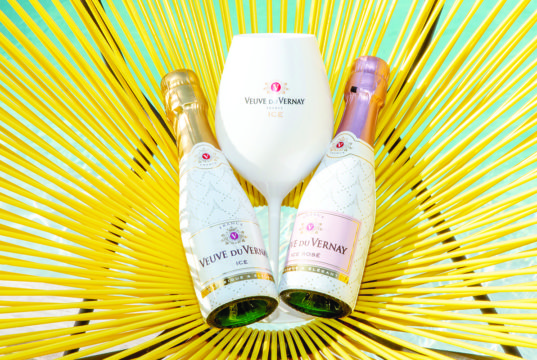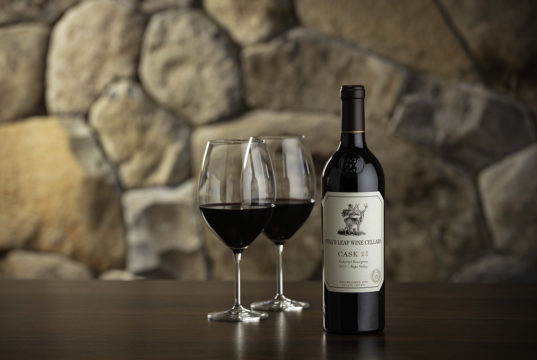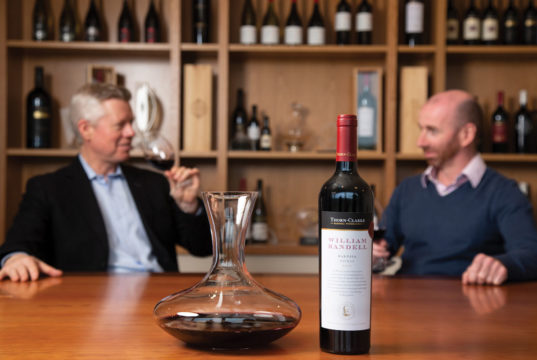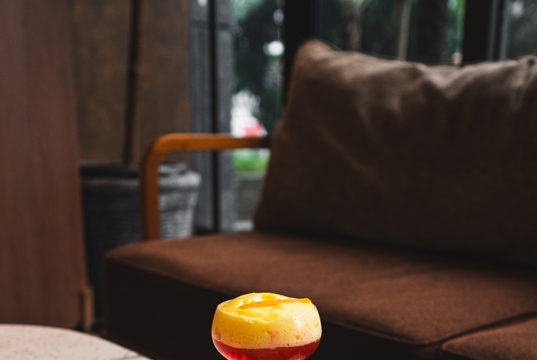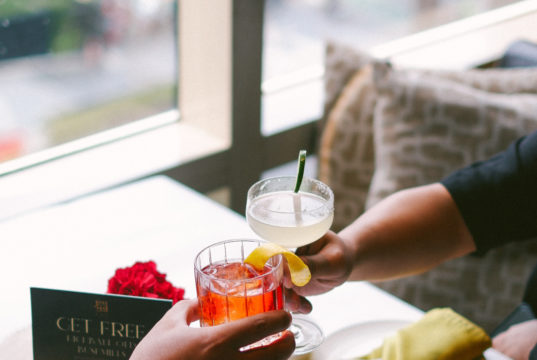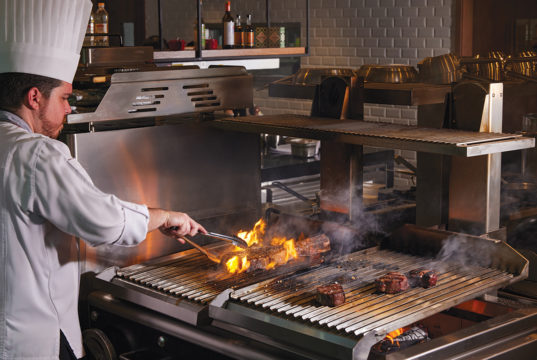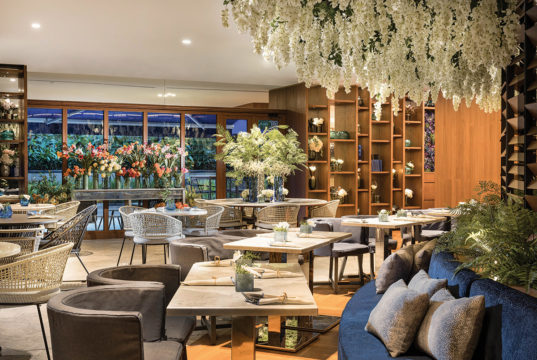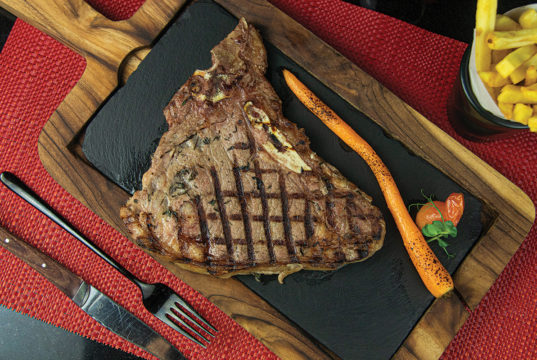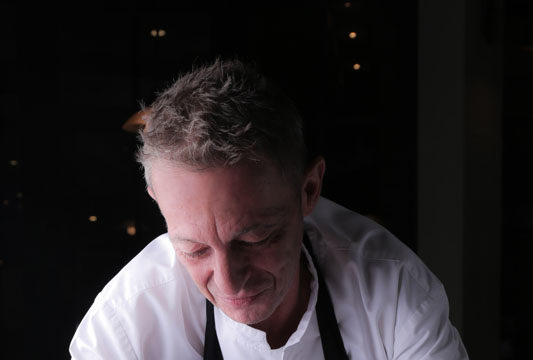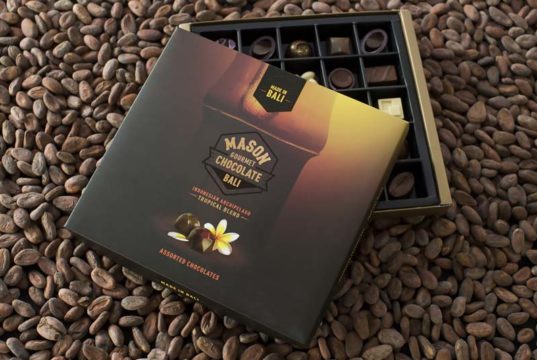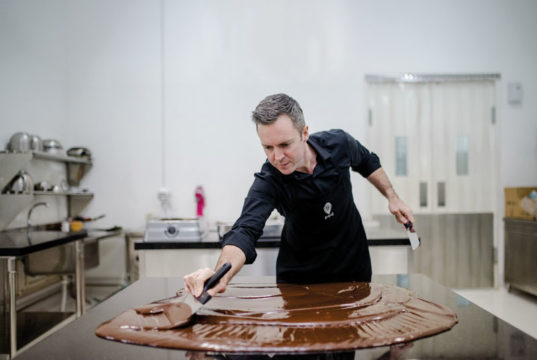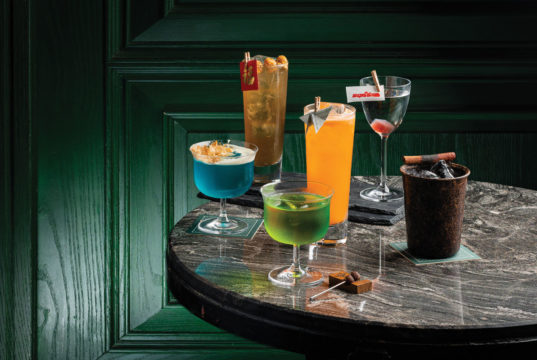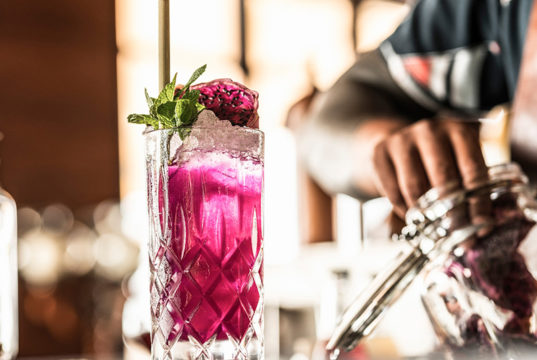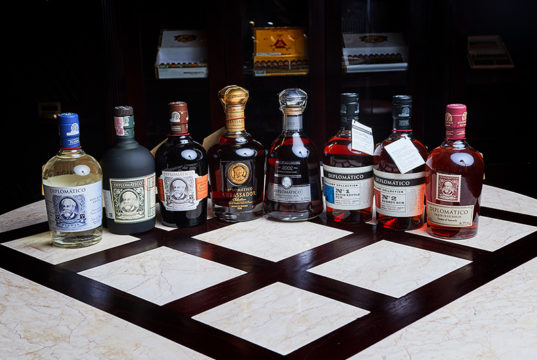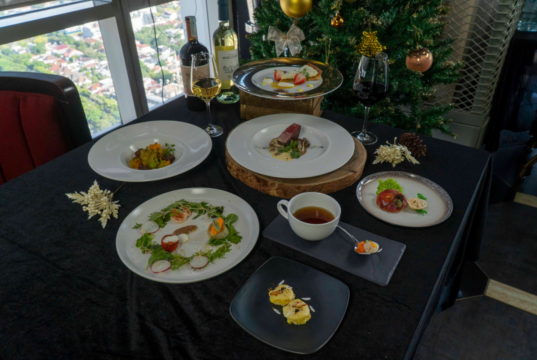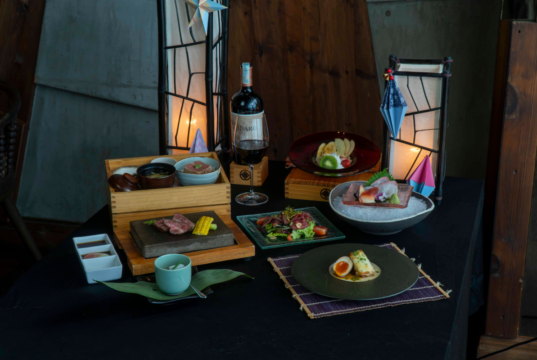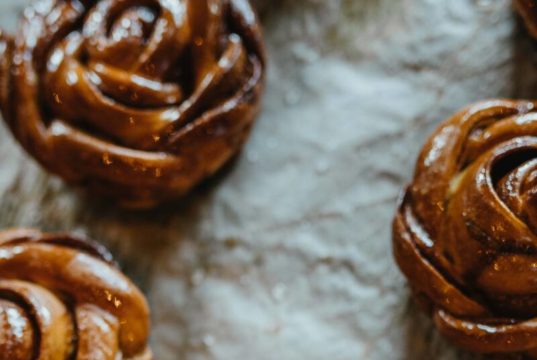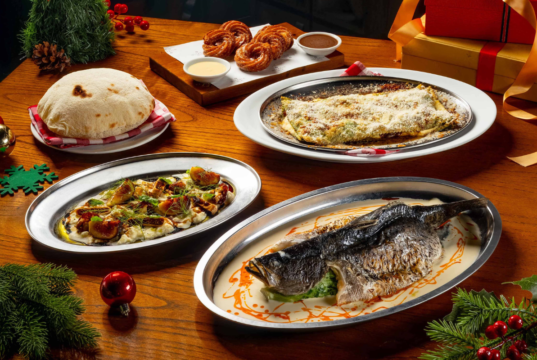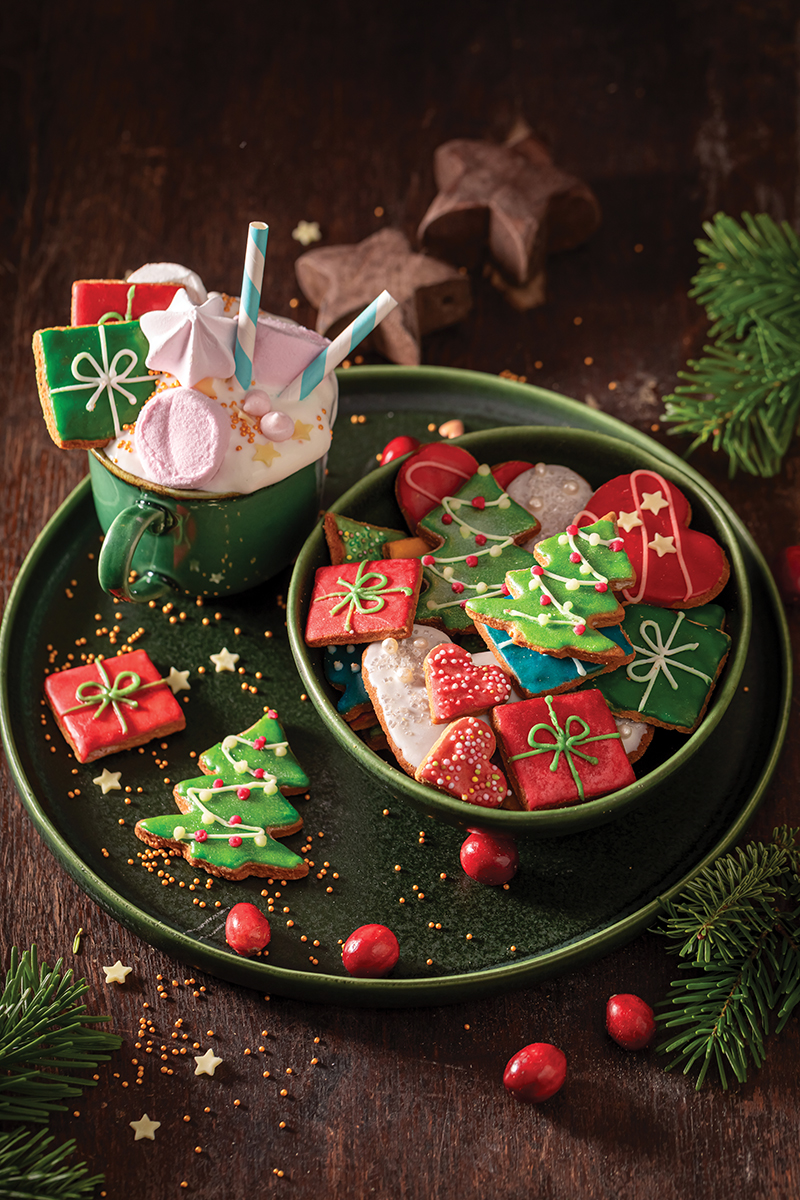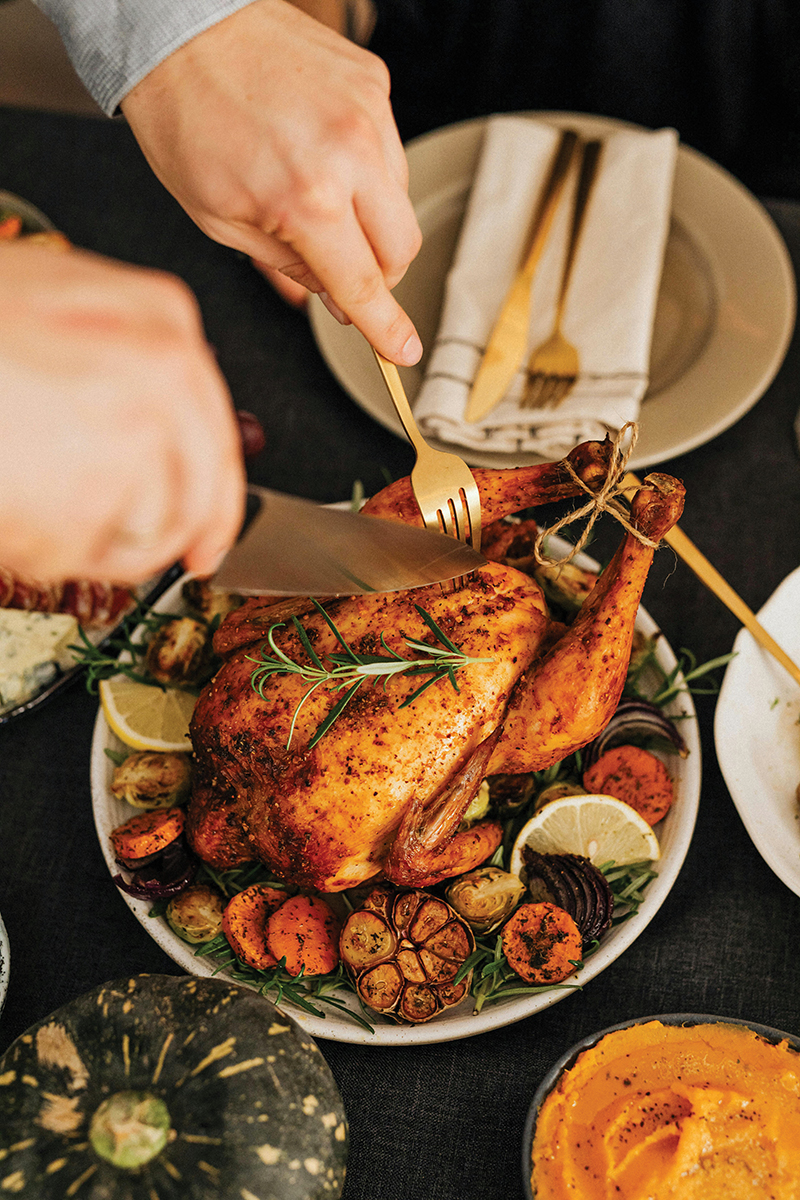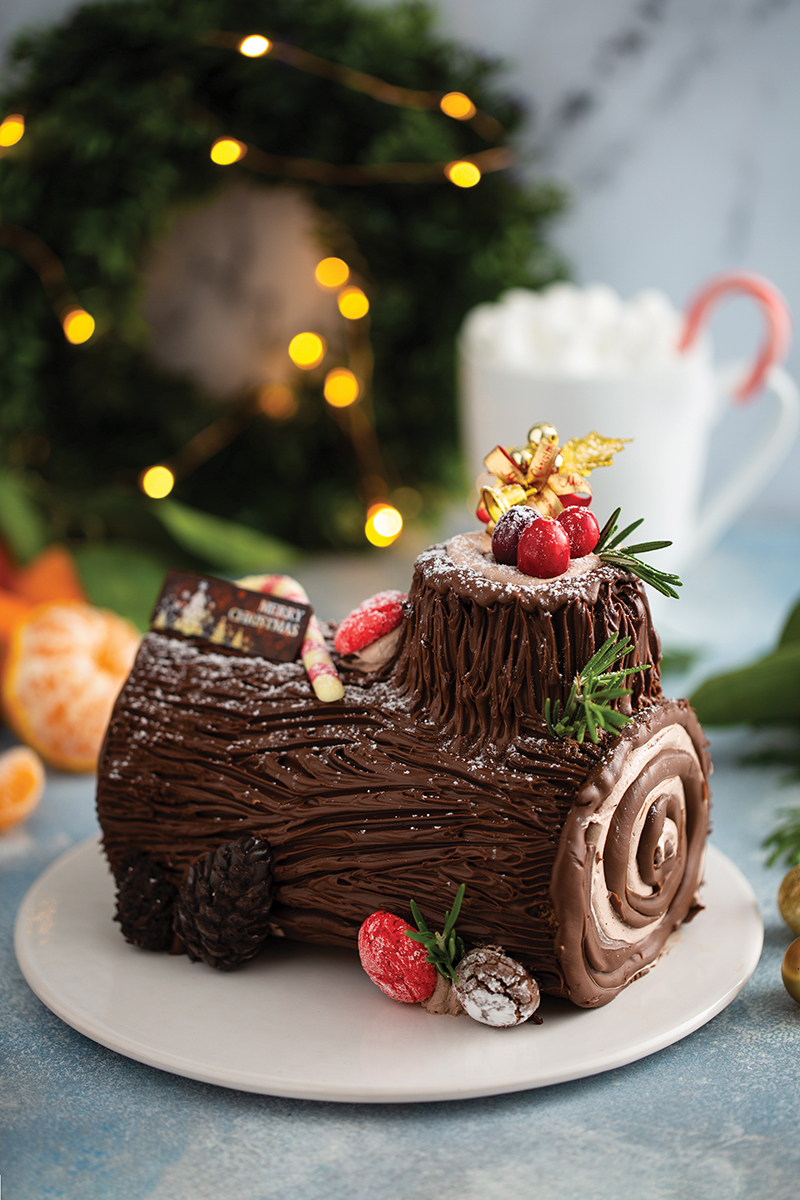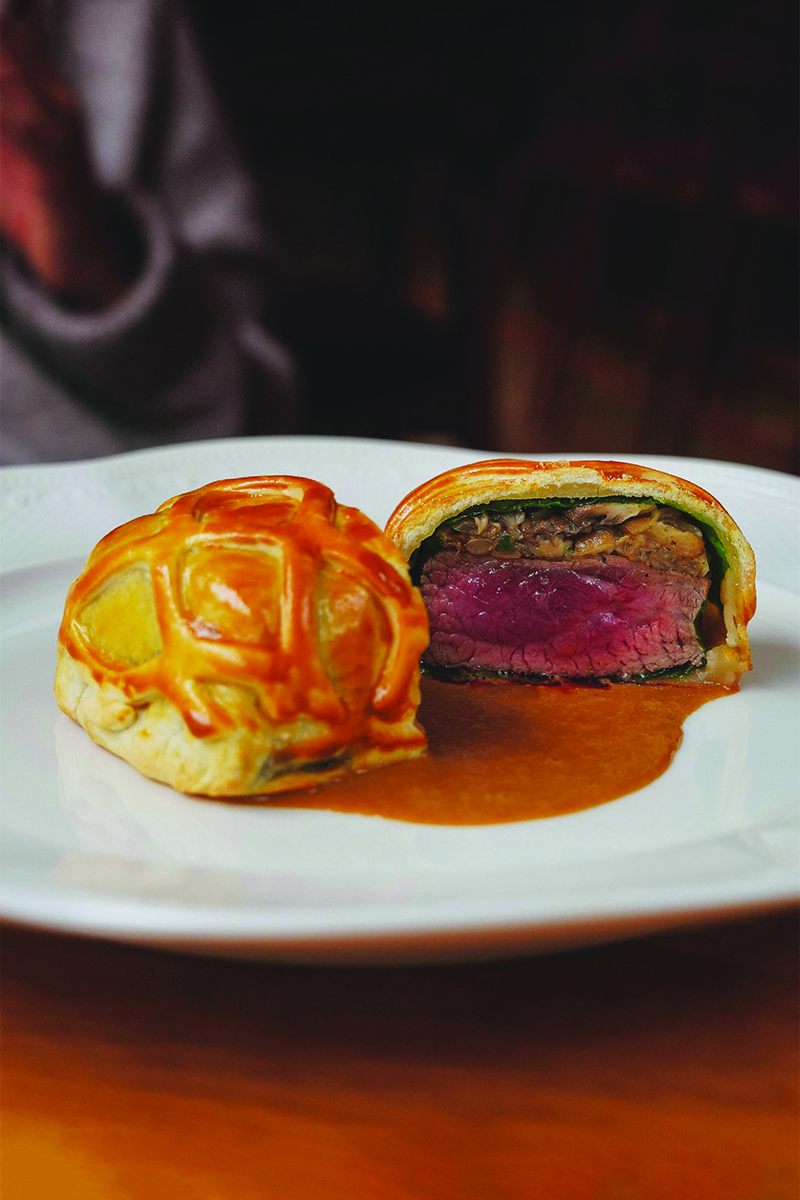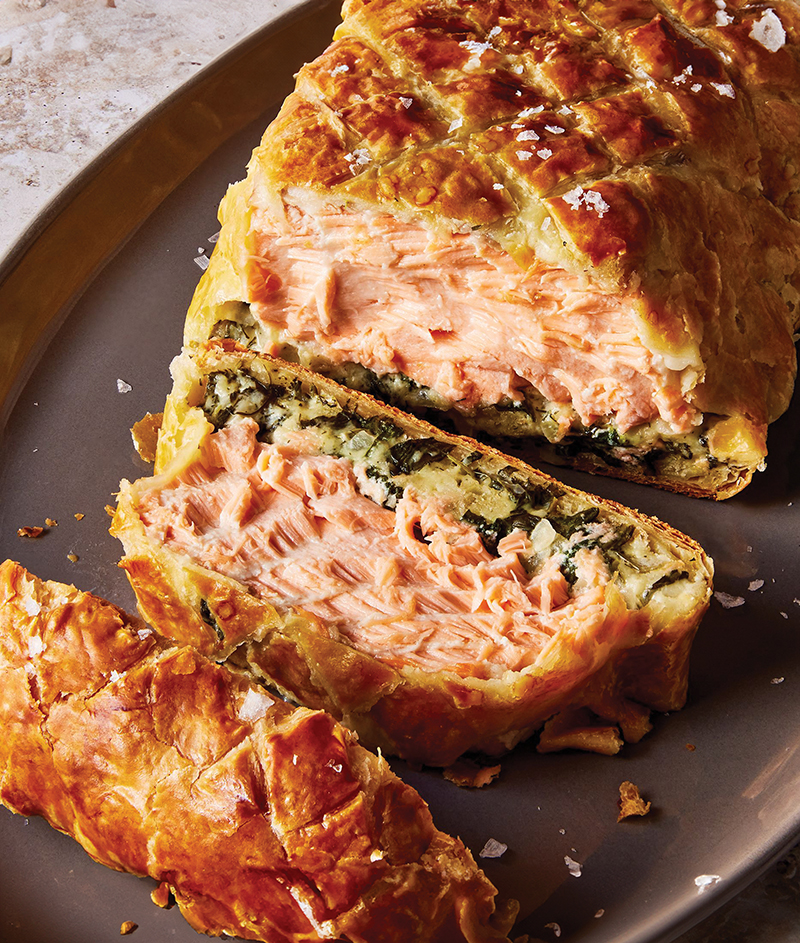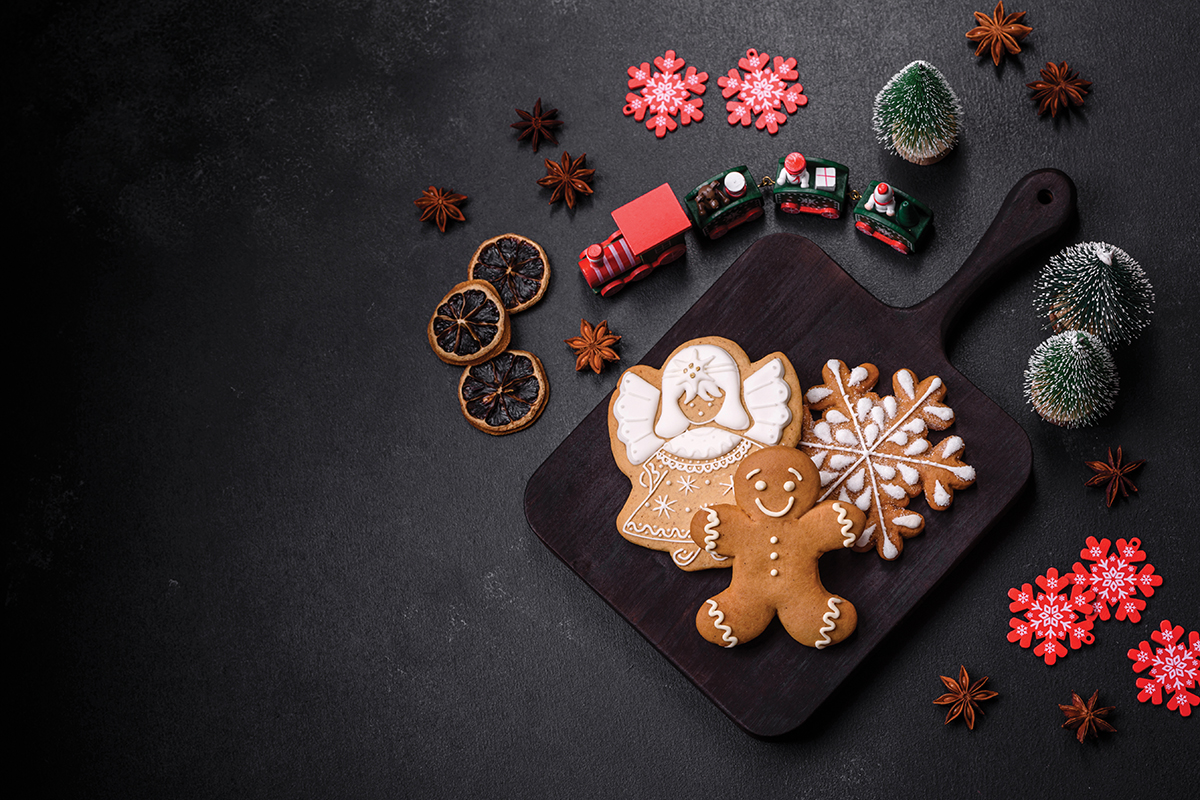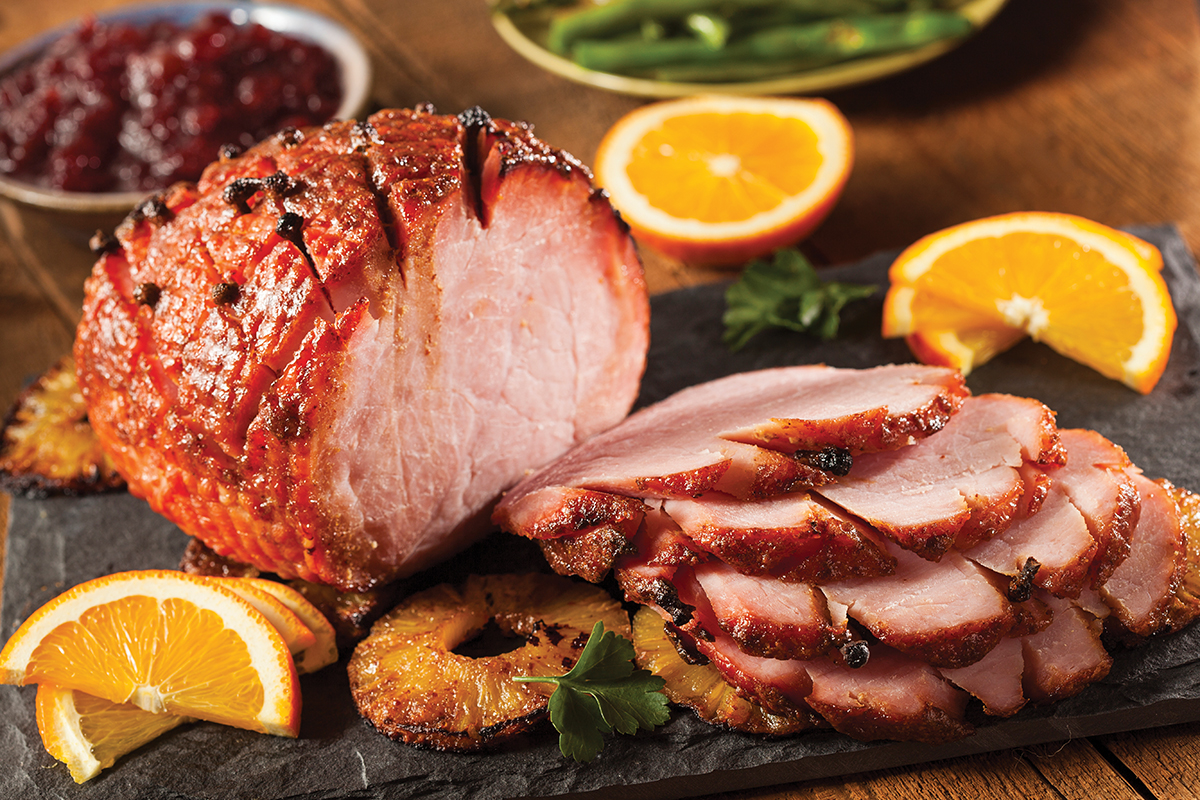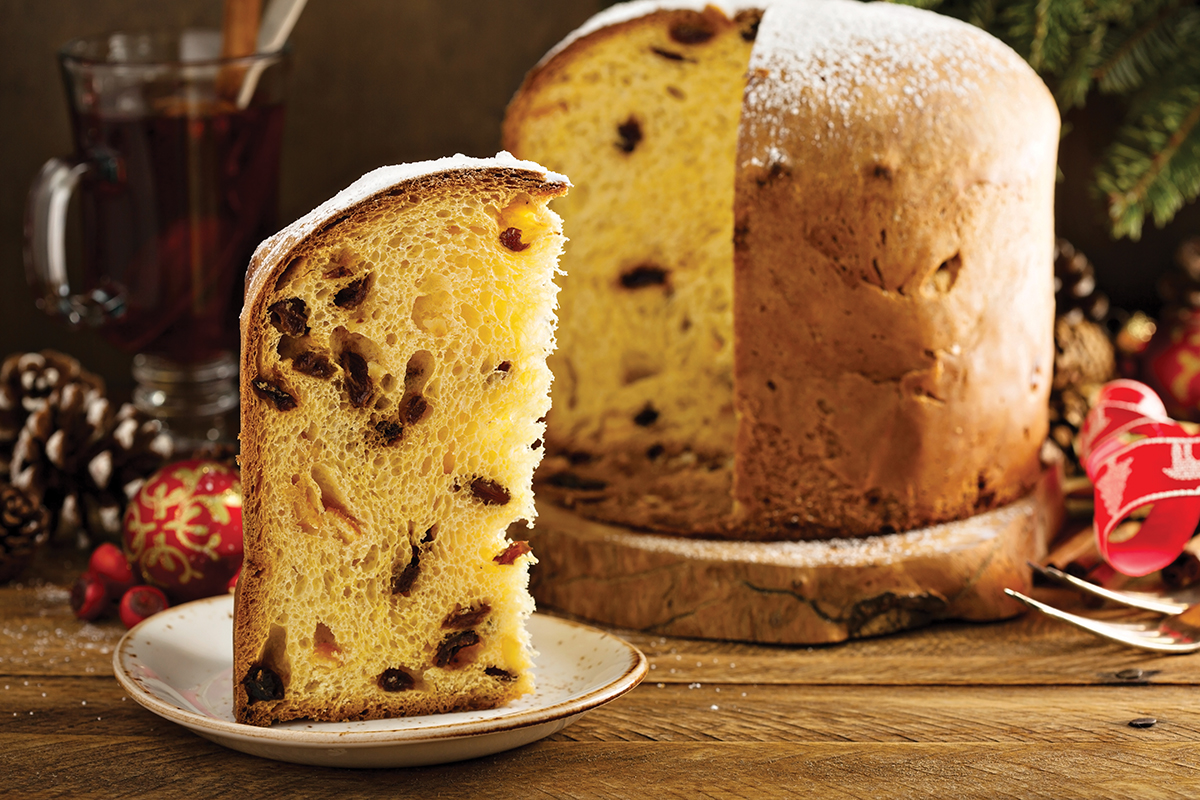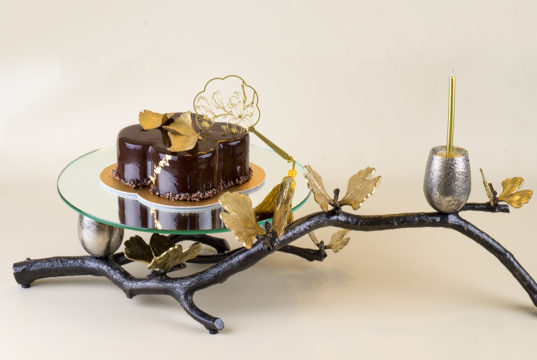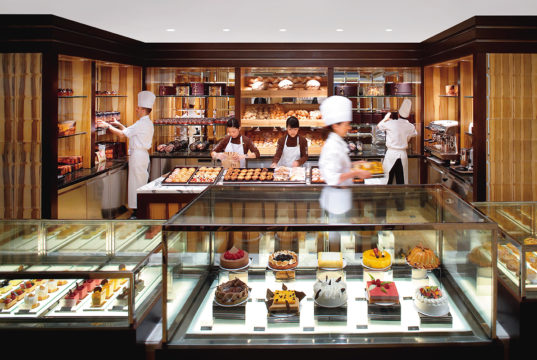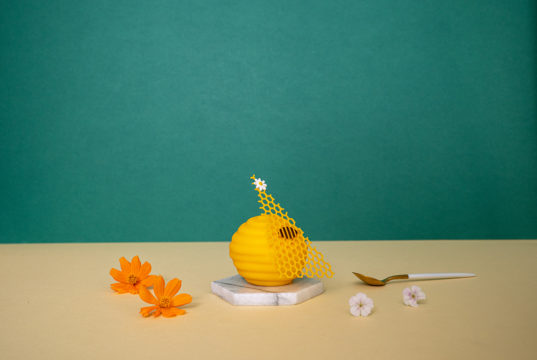The culinary landscape of the festive season has always held a unique position, anchored firmly in tradition rather than fleeting trends. The classic holiday menu, once the preserve of closely guarded family recipes, has become a celebrated and essential part of the wider seasonal experience, reaffirming its place year after year. In this feature, we explore the dishes that constitute the quintessential festive repertoire, offering a guide to creating a truly memorable celebration.
Roast Turkey
Roast turkey has long been a festive centrepiece, gaining popularity in England during the Victorian era. Prepared with herb butter and salt, it is slowly roasted and basted to keep the meat tender while the skin crisps up. Served whole at the table, this Christmas and New Year staple pairs well with stuffing, cranberry sauce, roast vegetables and gravy.
Yule Log Cake
Inspired by the Yule logs traditionally burnt on Christmas Eve for luck, the Yule Log Cake, or bûche de Noël, emerged in 19th-century France. Parisian pastry chefs transformed the log into a chocolate roulade by rolling light sponge cake with rich buttercream to resemble tree bark. Often decorated with sugared holly and meringue mushrooms, this delightful cake adds a touch of woodland whimsy to the dessert table. Served each Christmas, it symbolises warmth and the hope of the season, passed down from year to year.
Wagyu Beef Wellington
Rooted in English culinary history, this dish features tender wagyu beef fillet layered with mushroom duxelles and encased in pastry. The rich marbling of the wagyu keeps the meat succulent, while the golden puff pastry provides a flaky contrast. Once sliced, it reveals a delicious combination of flaky crust, earthy mushrooms and buttery beef. Often served with red wine jus or Madeira sauce, this menu embodies sophistication and indulgence.
Salmon en Croûte
The French name translates to salmon wrapped in pastry. This dish offers a lighter yet impressive festive option: a fillet of salmon encased in puff pastry, often layered with spinach, herbs or cream cheese. The salmon is baked until the pastry turns golden and the fish remains moist. It is typically served with lemon-dill or beurre blanc sauce, balancing richness with freshness. When sliced, the dish reveals delicate layers that are visually appealing and delightful on the palate.
Gingerbread Cookies
The aroma of gingerbread cookies is a hallmark of the holidays. Molasses or honey in the dough gives depth, while ginger, cinnamon and nutmeg add warmth and spice. Each batch strikes a balance between crisp edges and a chewy centre. Decorated with icing or sprinkles, the cookies become festive creations that appeal as much to the eye as to the taste. Playful yet traditional, gingerbread continues to be a seasonal favourite across generations.
Honey-Glazed Ham
Glistening with a sweet, clove-studded glaze, the honey-glazed ham has a savoury history rooted in winter feasts. Long before Christmas, Germanic pagans celebrated by feasting on a sacrificed boar for Yule. As pagan traditions blended into Christian celebrations, the ceremonial boar transformed into a festive ham, often lavishly coated with honey for an extra touch of sweetness. Today, this grand roast remains a centrepiece at Christmas gatherings, symbolising abundance and comfort as families come together to share a hearty holiday meal.
Panettone
According to Italian legend, panettone is originated from a Christmas Eve mishap in a kitchen in Milan. When a duke’s dessert burnt, a scullery boy named Toni improvised a rich, fruit-studded bread that saved the feast, earning it the name pan de Toni, later shortened to panettone. Today, this airy loaf is a beloved Christmas tradition in Italy and beyond. Its golden dome, filled with candied citrus and raisins, represents holiday abundance and is often shared or gifted to spread joy among loved ones.
Mulled Wine
The aroma of mulled wine, steeped with cinnamon and orange, is a hallmark of Christmas cheer. This warming spiced wine dates back to the Romans, who simmered red wine with cinnamon and herbs to fend off winter’s chill. The custom spread throughout medieval Europe, with each region adding its own twist. By Victorian times, it had become a holiday staple. Ladled out at Christmas markets and parties, each warm mug brings comfort, continuing an ancient winter tradition. 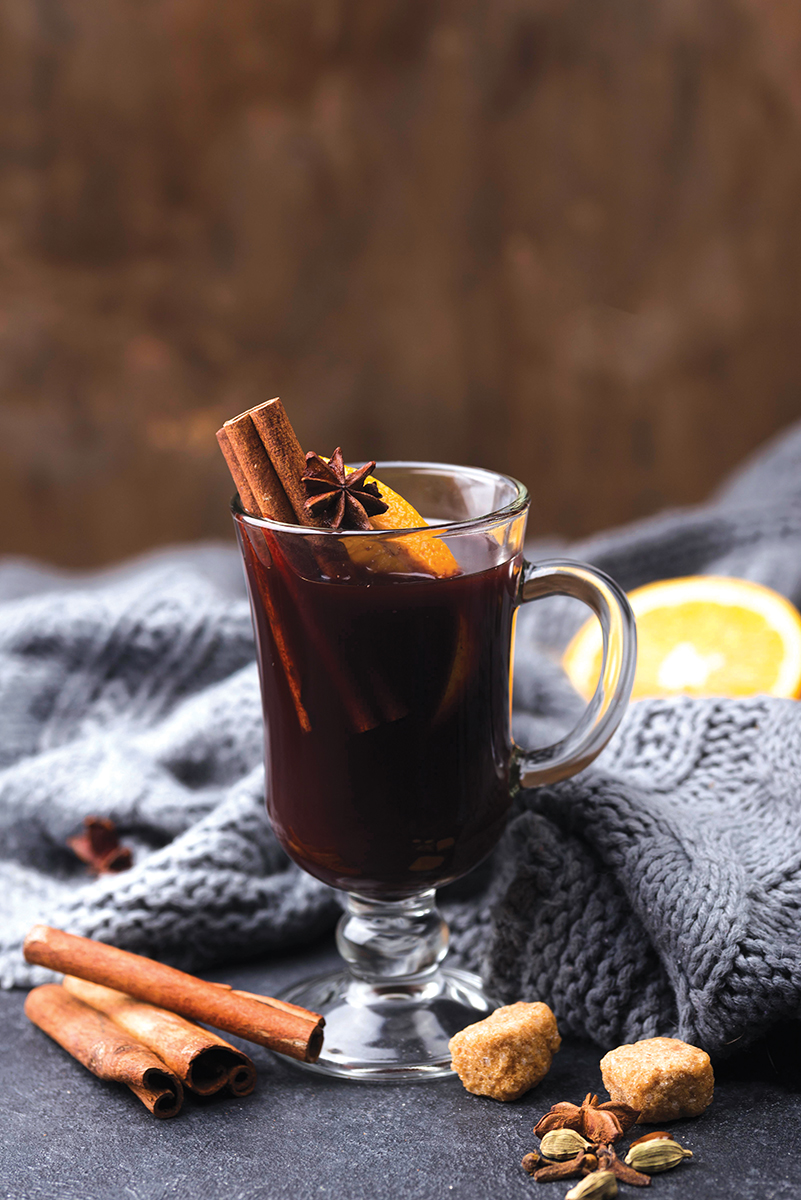 Exquisite Taste Volume 49
Exquisite Taste Volume 49




